

On 8 October 2013, Landcare Research’s invertebrate ecologist Dr Shaun Forgie announced the release of two new species of dung beetles, Onthophagus taurus and Onthophagus binodus, on New Zealand ...
READ MORE

In early April 2014, a solitary male Queensland fruit fly (Bactrocera tryoni) was found in a biosecurity surveillance trap in the Parihaka area of Whangarei. The find had biosecurity authorities ...
READ MORE

American foulbrood (AFB) is a highly infectious disease that infects bee larvae. It costs the beekeeping industry millions of dollars a year and threatens the role of bees as pollinators ...
READ MORE

Pasture is an area of land that’s covered in a range of low-growing forage species. Grasses, legumes and herbs are common pasture plants, with farmers selecting particular cultivars to suit ...
READ MORE

Insect vision is quite different to human vision, but insects do see colours, and they use their colour vision to get around and find food. We can exploit their preference for different colours ...
READ MORE
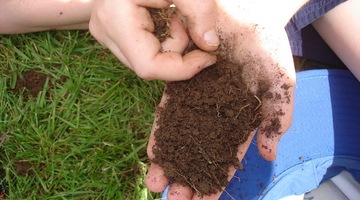
Earthworms are useful indicators of soil health. This project aims to capture information on earthworm abundance and species distribution throughout New Zealand. Information provided will be used ...
READ MORE
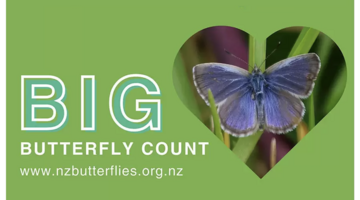
This New Zealand-based citizen science project collects data about butterflies in our gardens, schools, parks and farms – any location in the country or on the outer islands. This annual event – ...
READ MORE

Be part of a worldwide movement and use Global Earth Challenge to submit or classify photos to help our planet’s environment and human health. Global Earth Challenge is a citizen science campaign ...
READ MORE
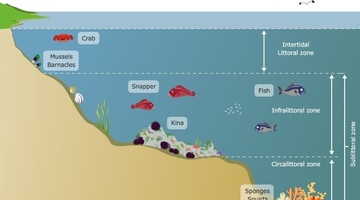
The rocky shore is a popular topic in primary school science. Below are some Science Learning Hub resources for primary teachers related to the rocky shore in the Living World strand of the New ...
READ MORE
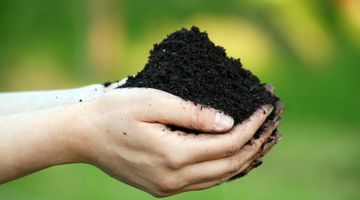
This topic planner offers a suggested pathway through some of the soils resources on the Science Learning Hub. You can use it to create a personalised teaching unit. The topic planner focuses on ...
READ MORE
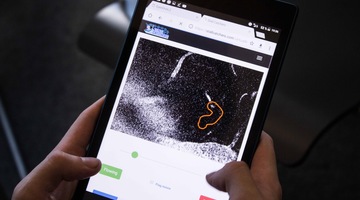
Games have long been used for developing both skills and knowledge in the education sector. As digital technologies continue to develop, the range of digital learning games also continues to ...
READ MORE
American foulbrood (AFB) infects beehives. Detection is primarily done through observation by beekeepers and specialist experts. To find faster and more-robust methods of detection, dog trainer ...
READ MORE
Our native forests – ngahere – have complex ecosystems. These ecosystems are under threat from introduced wasp species. In this episode of Project Mātauranga, Associate Professor Jacqueline Beggs ...
READ MORE
Researcher Rosa Henderson from Landcare Research NZ Ltd introduces the tiny scale insects and talks about their role in the ecosystem.
READ MORE
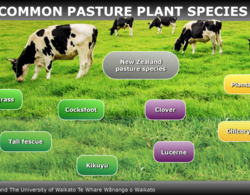
New Zealand dairy farming is pastured-based. Discover a few of the commonly used plant species.
READ MORE
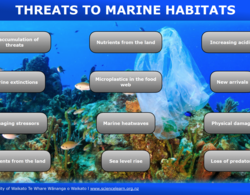
Human actions at sea and on land are putting increasing pressure on the ocean and the species that live there.
READ MORE

The marine environment of the Auckland Islands in the New Zealand Subantarctic Islands group is home to a diverse range of species. Use this interactive image to learn about this diverse ...
READ MORE